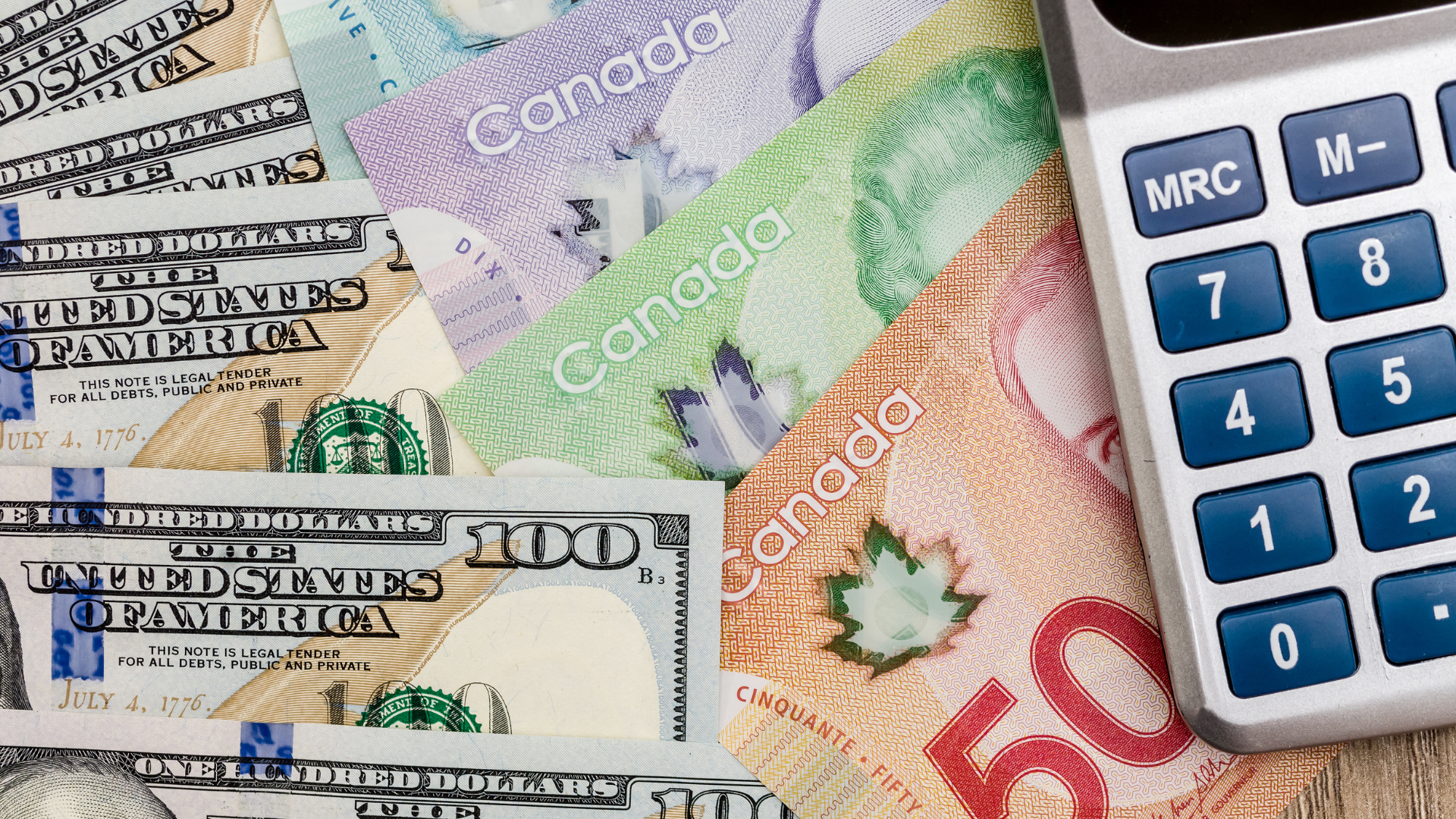The USD/CAD pair struggled to extend its rebound from a two-month low on Monday, failing to break above the 1.4200 level as the U.S. dollar’s recovery lost momentum. After dipping last week, the pair attempted a modest bounce, but renewed pressure on the greenback and strength in the Canadian dollar kept gains in check.
A key factor weighing on USD/CAD is firm crude oil prices, which continue to support the Canadian dollar. Oil, one of Canada’s major exports, has seen steady demand amid geopolitical uncertainties and supply constraints, boosting the loonie against its U.S. counterpart. Meanwhile, the U.S. dollar’s recent pullback comes as investors reassess the timing of Federal Reserve rate cuts, with markets awaiting fresh economic data for direction.
Despite some stabilization, the U.S. dollar remains under pressure as Treasury yields ease, reducing its appeal against commodity-linked currencies. While expectations of Fed easing later this year have weighed on the dollar, a stronger-than-expected U.S. inflation reading could shift sentiment and provide renewed support for USD/CAD.
Technical indicators show support around 1.4150, with further downside risks if bearish momentum continues. On the upside, resistance near 1.4200 remains a key hurdle, and a sustained break above this level could open the door for further gains. However, as long as oil prices remain firm and the Bank of Canada maintains a steady policy outlook, the loonie may continue to cap any significant advances in the pair.
Looking ahead, traders will watch Canadian retail sales data and U.S. inflation reports for fresh market signals. If U.S. data suggests inflation remains sticky, expectations of delayed Fed rate cuts could help the dollar recover. Conversely, weak U.S. numbers or strong Canadian data could keep the pair under pressure.
For now, USD/CAD remains stuck in a tight range, unable to build a clear directional move. With oil prices and monetary policy expectations playing key roles, the pair’s next move will depend on how upcoming data shapes the outlook for both economies.













